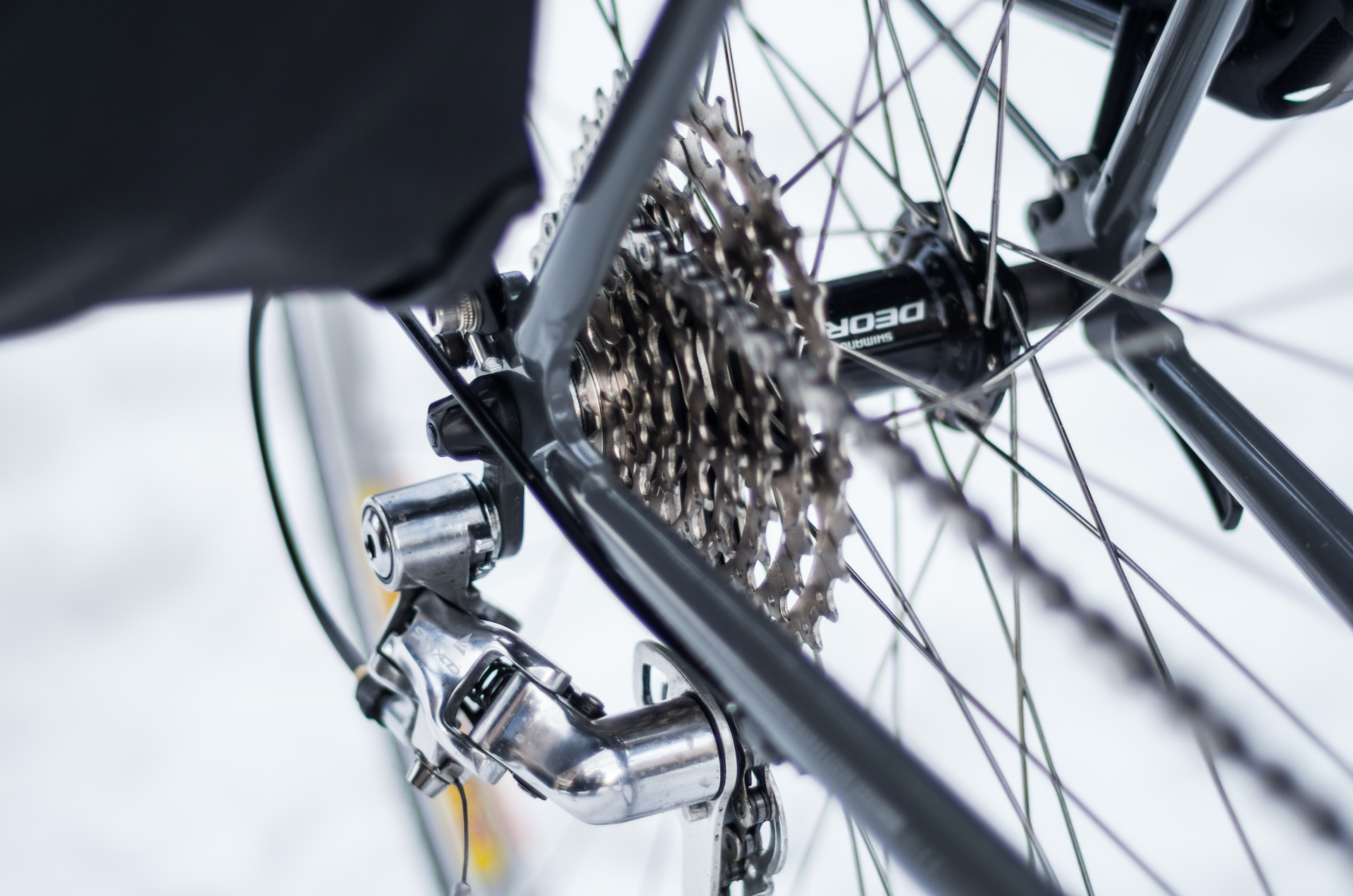The cycling community has a broad range of cyclists, from beginner to expert. Regardless of the level, all cyclists want to optimize their ride for comfort and performance while staying safe on the roads. Whether you’re a casual cyclist or a dedicated enthusiast, having the right cycling gear and maintaining it properly is crucial for getting the most out of every ride. This comprehensive guide is packed with valuable insights, from selecting the perfect gear to ensuring your equipment stays in top-notch condition.
From suggested essentials like helmets and gloves to more advanced tools such as GPS systems and heart rate monitors, our comprehensive guides provide invaluable insight into biking equipment so you can select items best suited for your needs. Read ahead and explore how enhancing your riding experience with just a few simple steps could lead to miles of joy.
Table of Contents
Understand Your Needs First
Cycling is a passion many share, and optimizing your ride can make your cycling experience more enjoyable. It is essential to understand your specific needs before investing in cycling gear. A comprehensive guide for cyclists can provide valuable insights on the latest gear and equipment, but assessing your requirements before making any purchases is essential.
Whether a casual rider or a serious cyclist, having the right gear can improve your performance and comfort. You can select gear to enhance your overall cycling experience by prioritizing your needs and using reliable sources. So, take some time to assess your requirements and invest in gear that will optimize your ride. You can be prepared for the journey ahead with cycling gear tips and guides.
Essential Cycling Gear You Need
Cyclists of all levels should have a helmet, gloves, and shoes. Helmets are mandatory in many places and should fit correctly; they should be tight enough to cover your entire head. Gloves protect your hands from scrapes and blisters while reducing vibrations from the handlebars. Shoes should support your ankles and feet while also allowing you to clip in for a more efficient ride.
Other items like padded shorts, water bottles, and bike locks are essential for optimizing your ride. Padded shorts provide extra cushioning and reduce chafing, while water bottles help keep you hydrated on long rides. Bike locks can be used to secure your bike when you stop for breaks and should be chosen based on the security level needed.
Selecting the Right Bicycle Repair Kit
Every cyclist should have a bicycle repair kit. A good repair kit should include essential tools such as Allen keys and wrenches and spare parts like patch kits, tire levers, and tubes. The right items in your repair kit can save you from damaging your bike or calling for roadside assistance while on a ride.
In addition to a repair kit, you may also want to invest in an emergency phone number list that includes bike shops and cycling clubs. It can be helpful if you need assistance with your bike while on the road.
What are the Best Tires for Your Ride?
The type of bicycle tires you need depends on various factors, including terrain, weather conditions, and riding style. Generally speaking, the best tires for road bikes are thinner and lighter to make them easier to maneuver. Mountain bikes require thicker tires with more traction to handle rough terrain.
No matter what bike you ride, selecting tires that provide the right balance of comfort, durability, and grip is vital. Consulting an expert can help you find the best tires for your specific needs while ensuring they are correctly installed on your bike.
How Can Technology Enhance Your Ride?
Technology can be a powerful tool when it comes to optimizing your ride. Many cyclists have started using GPS systems and heart rate monitors to track their performance, analyze the data, and improve their training.
GPS systems can help you find new routes and stay on track without internet access. Heart rate monitors allow you to monitor your heart rate while cycling so that you can adjust your intensity levels accordingly. Other items like power meters provide valuable information about your power output and pedaling form. With the help of technology, you can enjoy an enhanced cycling experience and reach your goals faster.
Tuning Your Bike for Maximum Efficiency
Tuning your bike is one of the best ways to maximize efficiency and performance. All parts should be checked regularly and maintained properly, as this will reduce wear and tear on your bike over time. Key components such as brakes, gears, wheels, tires, saddles, handlebars, and pedals should all be inspected to ensure they are in proper working order.
Suspension settings should also be adjusted to your individual needs; this can help eliminate fatigue and ensure you get the most out of each ride. Additionally, lubricants are essential in maintaining your bike and should be applied regularly to keep components running smoothly.
Also Read: About Cooking With Amy A Food Blog
Comprehensive Safety Guide for Cyclists
Safety should always be a top priority for cyclists, regardless of the terrain. Familiarize yourself with the rules of the road, and always wear bright, visible clothing. A bicycle helmet is also essential and should bear an international safety seal; it should fit securely on your head and cover your entire face to provide maximum protection.
It is also essential to remain aware of your surroundings at all times. Pay attention to traffic patterns, animal crossings, and other obstacles that pose a threat. Additionally, cyclists should equip their bikes with lights and reflectors for visibility in low-light conditions.
